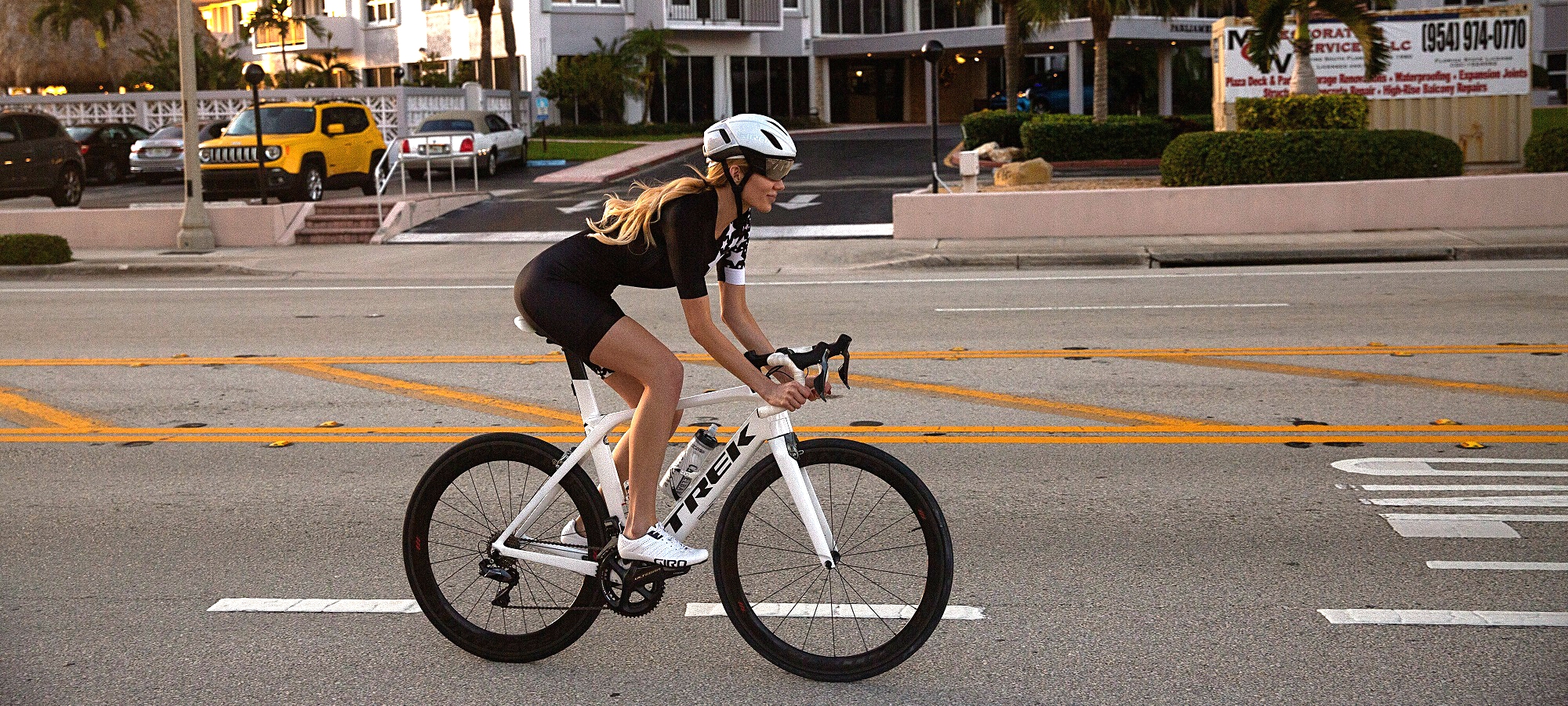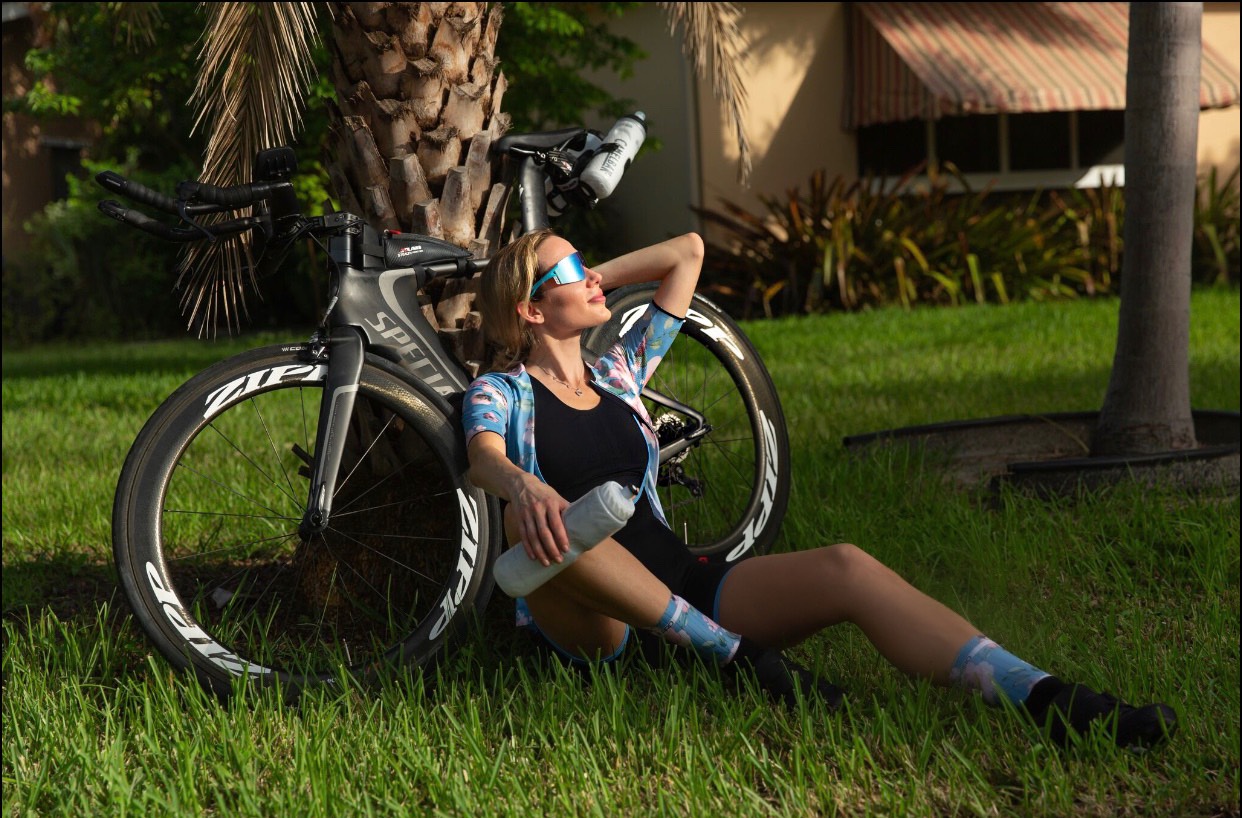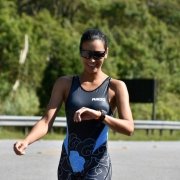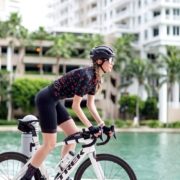Food is the fourth discipline
Nadezhda Pavlova
Food is the fourth discipline in triathlon. When preparing for a triathlon race, you should pay close attention to your diet to proper recover from intense drills and get the energy for the following workout sessions. If you constantly gobble on low-nutrient and “garbage” foods, your body will have a hard time restructuring your bones, repairing damaged muscles, restoring the immune system, and healing injuries. Strenuous and backbreaking training will make you require high-quality food. Especially for injured athletes, it is important that you take note of the quality of food you eat because it can either speed up or slow down your recovery period. Your triathlon training advice and programme should always include a nutrition plan.
- Eating more natural foods, meaning less processed, will be good for your health and will speed up your recovery. Foods like vegetables, fruits, animal products, nuts, whole grains and the like will boost up your health and your training goals as well.
- Concentrate and take note of how you recover after workouts and the foods you eat that will help you recover. Write it down in a diary so that you can easily track down the recommended carbohydrate recovery intakes you will need in the future.
- Research has found out that eating foods with high-glycemic-index after a tough workout can effectively restore glycogen levels of high-carb athletes. This includes fruits and fruit juices, grains, potatoes, pasta, etc.
- Other research suggests that eating protein-rich foods before going to bed will remarkably improve the body’s ability to recover and repair from the damage. Plus, proteins may give you a good night’s sleep.
Let’s take a look at the different food types, with some examples to help you out. This way you’ll get a better understanding of how to build up your own dietary planning for events and races, within your own triathlon training programme.
CARBOHYDRATES (click to read)
Carbohydrates are the driving fuel that keeps athletes on the go for longer periods. Limited amounts of Carbohydrates are stored in the body which is later on burned for energy during aerobic and anaerobic exercises. This is commonly found in honey, jams, vegetables, pasta, cereals, bread, potatoes, and fruits. Carbohydrate-rich foods which include yogurt, milk, lentils, dried beans, peas, and corn also has protein in it. I’ve listed some of these foods also add fat to our diet below.
Carbohydrate-Rich foods:
- Oatmeal ½ cup (121g)
- Whole Wheat Bread 1 slice (28 g)
- Granola Low fat ½ cup (25 g)
- Brown Rice ½ cup (82 g)
- Quinoa 1/3 cup (56 g)
- Potato baked ½ medium (86 g)
- White wheat pasta 1/3 cup (46 g)
- Corn on Cob 1 ear (77 g)
- Chickpeas 1/3 cup (54 g)
- Grapefruit 1 whole medium (236 g)
- Banana ½ medium (14 g)
- Kale ½ cups chopped (162 g)
- Cauliflower 2 cups (200g)
- Tomato raw 2 cups (246g)
- Yogurt low fat 10oz (300ml)
- Milk 4 tsp (28g)
FATS (click to read)
The fat is the second-largest nutrient that gives energy to the body. It is highly suggested to get fat from monounsaturated sources and polyunsaturated sources rather than from saturated fats. Our body can produce different fatty acids; however, alpha-linoleic acid and linoleic acid, two essential fatty acids, must be taken from the food we eat. Also, foods rich in fat help our body absorb fat-soluble vitamins like vitamins A, E, D, K, and carotenoids.
Recommended serving of Monounsaturated fats (5 grams per serving)
- Avocado 1/8
- 6 Almonds
- 10 Peanuts
- 6 Cashews
- 1 tsp of Olive Oil
Recommended serving of Polyunsaturated fats (5 grams per serving)
Seeds: pumpkin, flaxseed, sunflower, pumpkin
1 tsp of Pine Nuts
PROTEIN (click to read)
Protein is essential for the maintenance of fluid balance, Production of RBC, hormone, and enzymes, pH balance of bodily fluids, repair of muscle tissue, and cell synthesis.
Our bodies need 20 amino acids for optimal function; however, our bodies only make 11 non-essential amino acids. Thus, the other 9 essential amino acids must be obtained through our diet. Animal and plant foods are considered to be protein-rich foods. Food from animal sources contain more concentrated protein while there are also other certain plants contain more proteins than other plant foods. Some sources also contain a good amount of saturated fat and healthy fat. One classic example is a fatty fish that is rich in Omega-3 while the prime rib contains substantial amounts of undesirable saturated fat. Vegetarian athletes must still take ample amounts of protein from plant foods in order to reach the recommended protein intake.
Fueling for training should support optimal training adaptations where race-day fueling should support maximal performance. And that can mean drastically different carbohydrate ratios depending on where you’re at in your training cycle.
We can break our race and prep nutrition down into several stages.This way we ensure that the body gets the right fuel at the right time,for the right purpose. In effect, we’re maximises the way in which the body operatesby giving ourselves just what it requires and nothing else.
PREPARATION PHASE (click to read)
In the course of the preparation phase, the main focus is to build strength and a good endurance base. Thus, exercise usually starts slow, and as the phase progresses, the intensity and volume increases. This causes a noteworthy increase in the athlete’s carbohydrate, protein, and fat requirement.
During low training sessions or moderate training of less than an hour, an athlete will require a carbohydrate intake of 5-7 g/kg and 1g/kg of fat to help sustain the athlete.
When the training intensifies to more than 2 hours every day, athletes are also suggested to increase carbohydrates and fat intake to 6-10g/kg and 1-1.2 g/kg respectively.
Upon reaching the end of the preparation phase, athletes will be subjected to moderate to high-intensity training that could reach up to 4 hours. Thus, certain adjustments have to be done on the carbohydrate intake. The athlete may, then, be required to take 8-12g/kg of carbohydrates to help him endure the program.
The recommended daily intake of protein for most athletes is 1-1.8g/kg on average; this also depends on the athlete’s body composition goals. For instance, athlete who wish to lose weight may take a little higher protein intake to satisfy hunger and cover-up fat-free mass. Also, athletes who wish to build a leaner built should also consider taking higher amounts of protein as well.
Fueling Needs for Exercise
- For exercise less than 45 minutes: No carbohydrates are typically needed, but be sure to maintain your hydration and to fuel yourself with some carbohydrates post-exercise.
- For exercise less than 90 min. There is rarely a need to take in calories during any workout under 90 minutes, especially moderate intensity workouts. This means most of your training under 90 minutes, and under an hour, can be done without supplemental nutrition. Of course, you should always drink water and some electrolytes specially in hot conditions.
- For exercise lasting 1 to 2 hours: Up to 30-60g/hour of carbohydrates, or approximately 240 calories/hour. If you are fueling with gels or solids, be sure to follow consumption with appropriate amount of water.
- For exercise lasting 2 or more hours: Up to 60-75g/hour carbohydrates, or approximately 300 calories/hour. Maintaining proper nutritional balance is vital when exercising at this duration.Knowing not to overfill your stomach to find that right balance will really help you improve your performance not only in training but in races as well.
COMPETITION PHASE (click to read)
During this phase, the intensity and volume of exercise continue to increase depending on the schedule of the competition. The focus, now, for more advanced athletes would be to increase agility and power. Based on the intensity and volume of the drills, athletes will usually start out with a moderate training level that requires an intake of carbohydrates of 5-7g/kg, protein of 1g/kg, and fat of 1g/kg.
As the phase advances, the athlete may be required to do moderate to high-intensity training that could last up to 5-6 hours. With this, endurance athletes may profit from taking 8-12g/kg of carbohydrates. This will guarantee that protein will not be used for energy. And because of this, protein intake for these athletes may slightly decrease.
TRANSITION PHASE (click to read)
This phase usually commences either in the middle of the season or when the race is about to end. This is to give a hiatus in between training for important races. The recommended intake will now vary based on the level of training. So, for those athletes who are training at lower intensity and volume, the need for macronutrients will be reduced under moderate training levels. This is to show the lesser energy spending. Thus, a carbohydrate intake of 5-7g/kg could help sustain the athlete during this phase. For players who are utilizing this phase during the off season, they may need to consume only around 5g/kg. However, athletes who are still advancing the capacity of strength training sessions can take a bit higher protein intake around 1.8-2g/kg for experienced athletes and 2.2 for novice athletes.
During any phase of your triathlon training plan, it is important to maintain adequate hydration before, during, and after training. This can be seen in the urine which usually looks pale if the athlete is well-hydrated.
Race Day Nutrition
4 hours before
The requirement is around 4g/kg of carbohydrates, either solid or liquid according to the athlete’s tolerance. This time the athlete is required to drink approximately 5-7ml/kg of water and other hydrates. Also, the athlete may be required now to take 450-1120 mg/L of sodium which can easily be found in sports drinks or tiny amounts of salty food. In addition, small amounts of low-fat proteins may be required in this phase. Exactly what the breakfast should consist of depends on personal preferences. Some people run really well on a couple of bagels and a coffee, other prefer oatmeal, waffles with syrup, a couple of energy bars or a small bowl or rice.
2 hours before
Two hours before the race, the player should take around 2g/kg of liquid or easily digested carbohydrates. This is to help keep the athlete feeling full but not too heavy from the amount of carbohydrate intake. The athlete should now reduce his fluid intake to around 3-5ml/kg. Sodium intake of 450-1120mg/L is the recommended intake during this stage.
Up to race
A 15-30gm of carbohydrates that can be easily digested like liquid shots, gels, and blocks, may be taken by the athlete during this leg of the race. The athlete should now take minimal amounts of fluid to keep him hydrated, but not to the extent that he has to continually go to the toilet.
During the race
During the race, athletes may take 60-70gm/hr. of carbohydrates, depending on the athlete’s tolerance. This is to keep them energized, hydrated, and feeling satiated. For maximum absorption, this can be mixed with fructose and glucose as well. The fueling and hydration plans are interconnected depending on the athlete’s carbohydrate requirements and fluid loss through sweat. A healthy sports drink should be the main go-to during this phase as well as blocks, gels, and other easily digested carbohydrates.
I’m a fan of “real” food; and by that I mean items with little to no processing, such as a banana, dried figs and dates, bars. On the bike I like something solid; I reserve gels for a run leg where I need something easier to eat. But preferences are highly individual.
Athletes need to stay hydrated during the race. Usually, the athlete is required to take 1-1.2 L of fluid per hour. As for Sodium, the player may be required to take 500-700 mg per liter during this stage. This can easily be taken from sports drinks, and other added electrolytes. Nutritional needs are highly individual. What works for one person may not work for another. So finding the right strategy for your needs requires a bit of experimentation as you develop your personal triathlon training programme.
Keep following my blogs and we’ll discuss lots more about training and nutrition, and I’ll throw a few great recipes in for you too 😉














